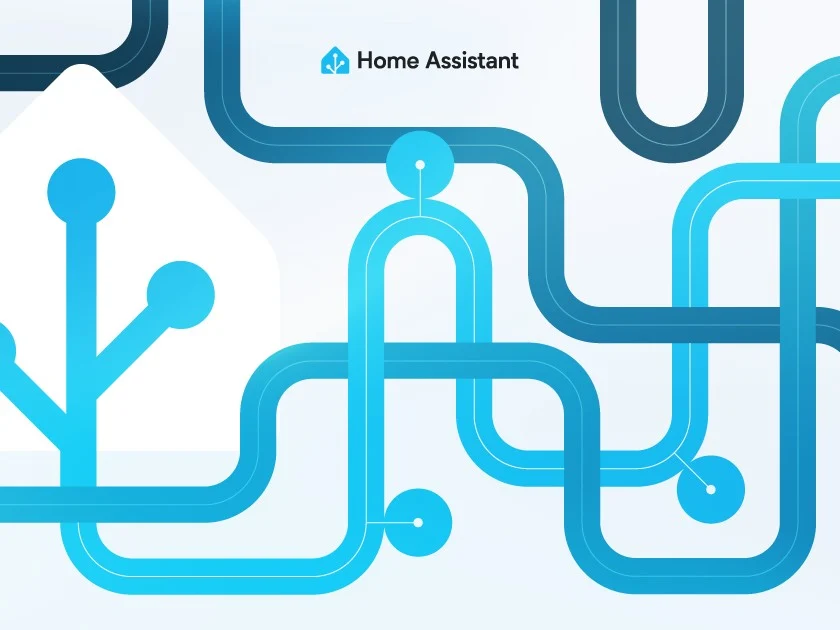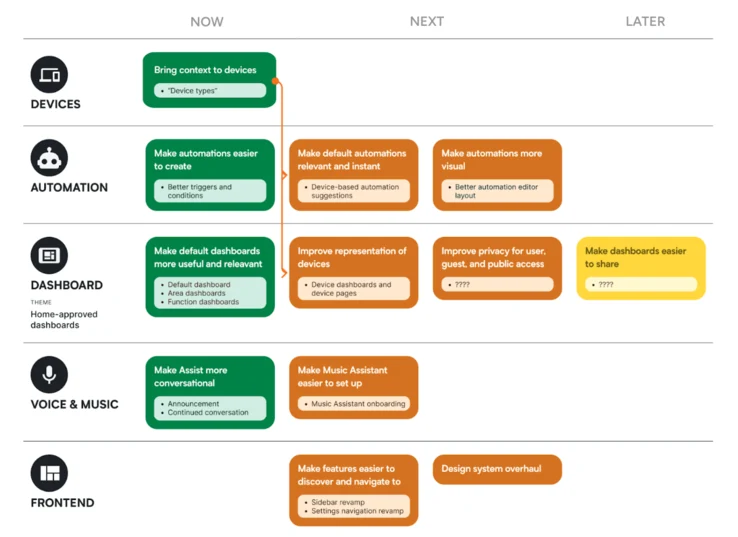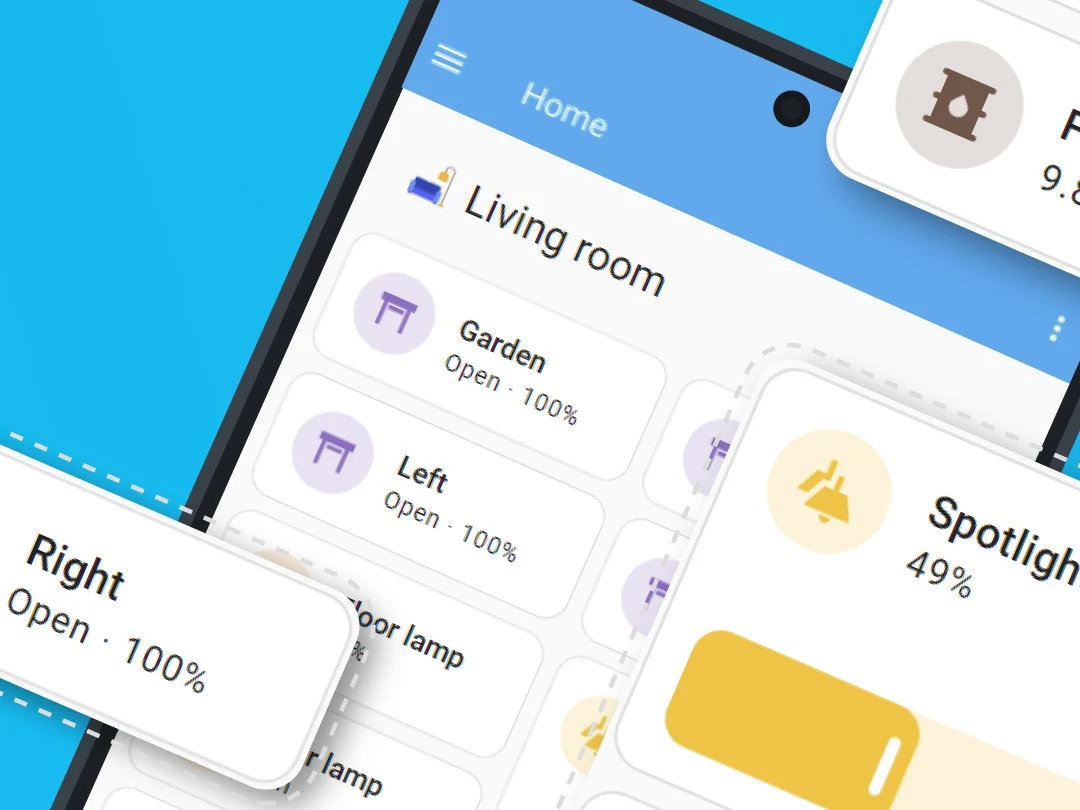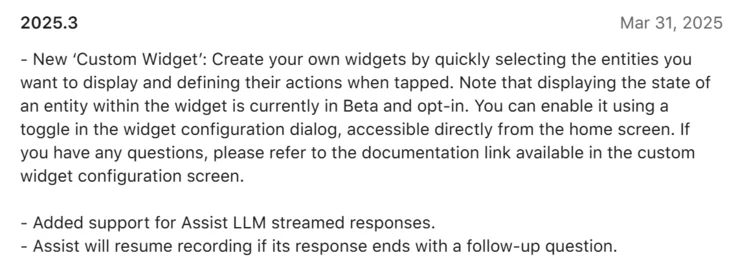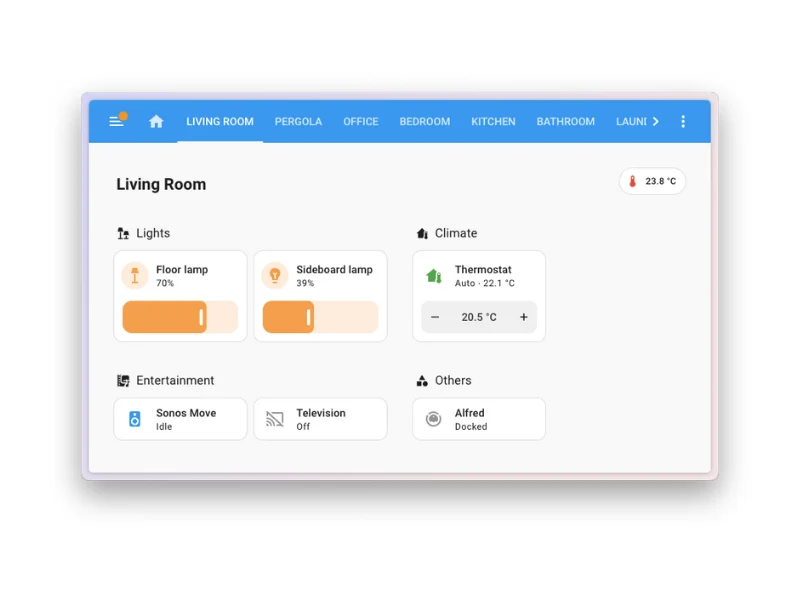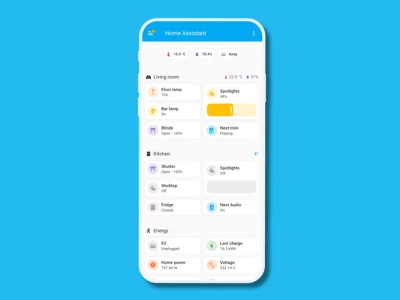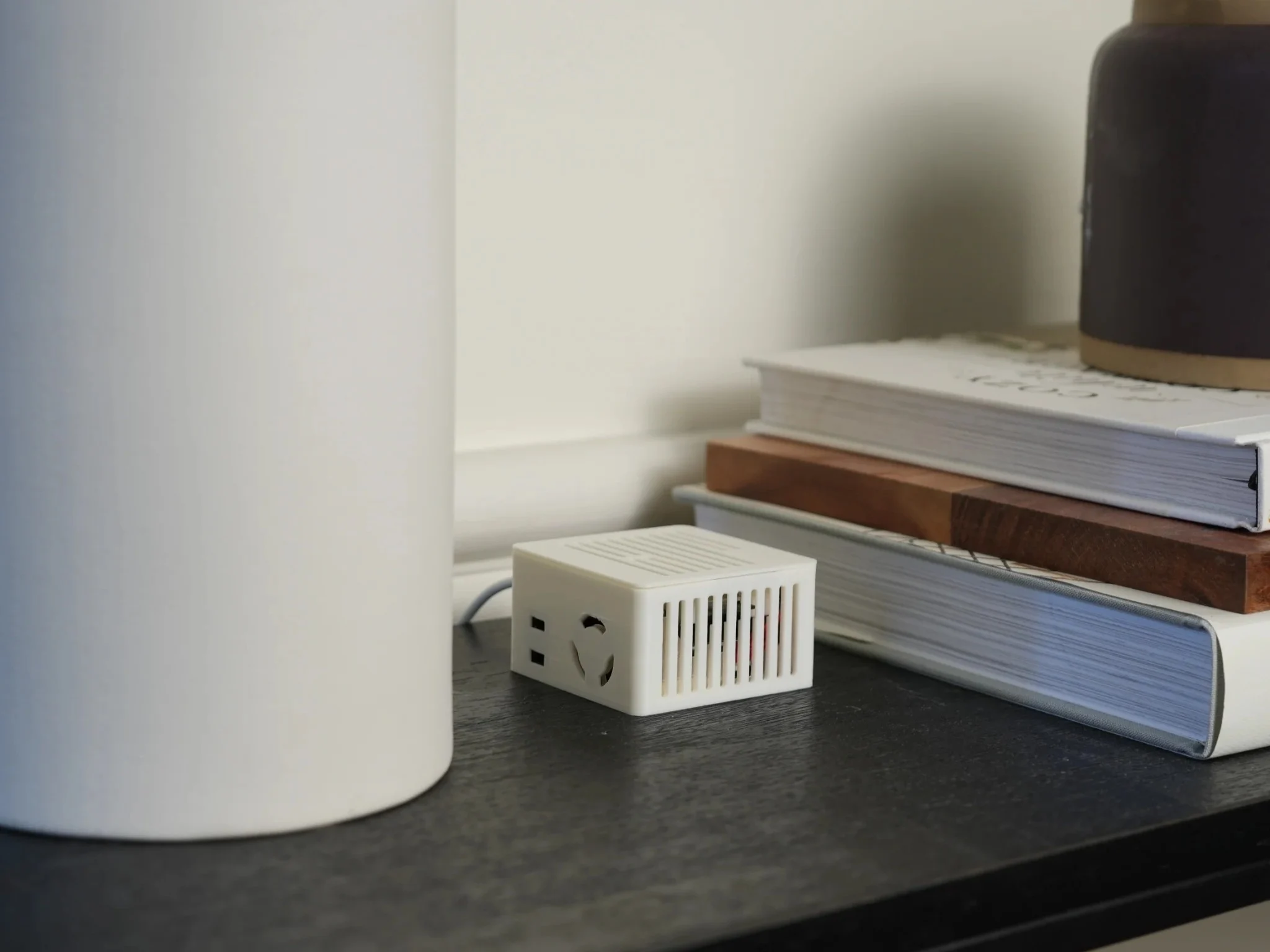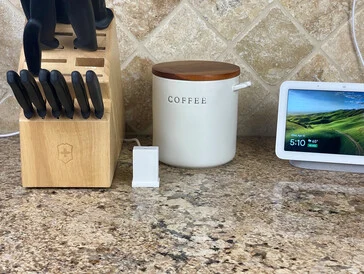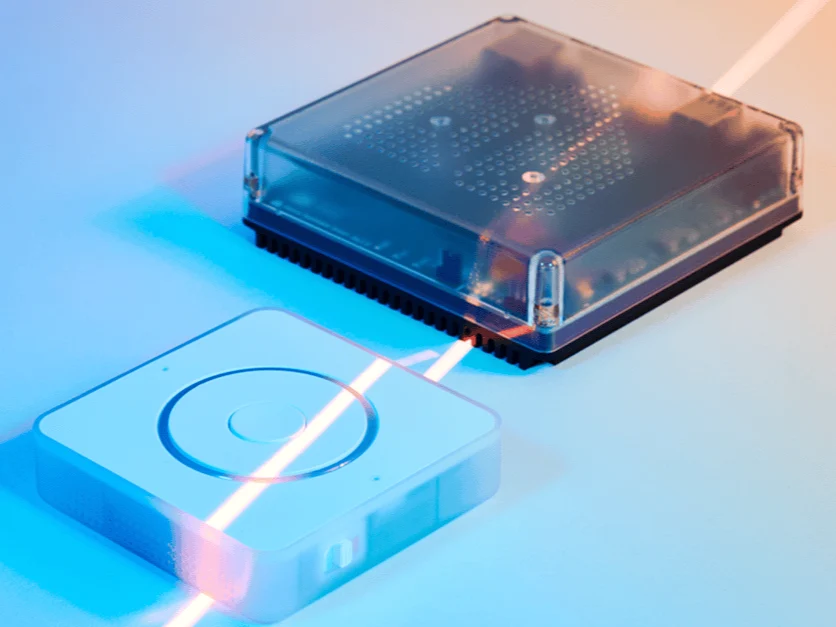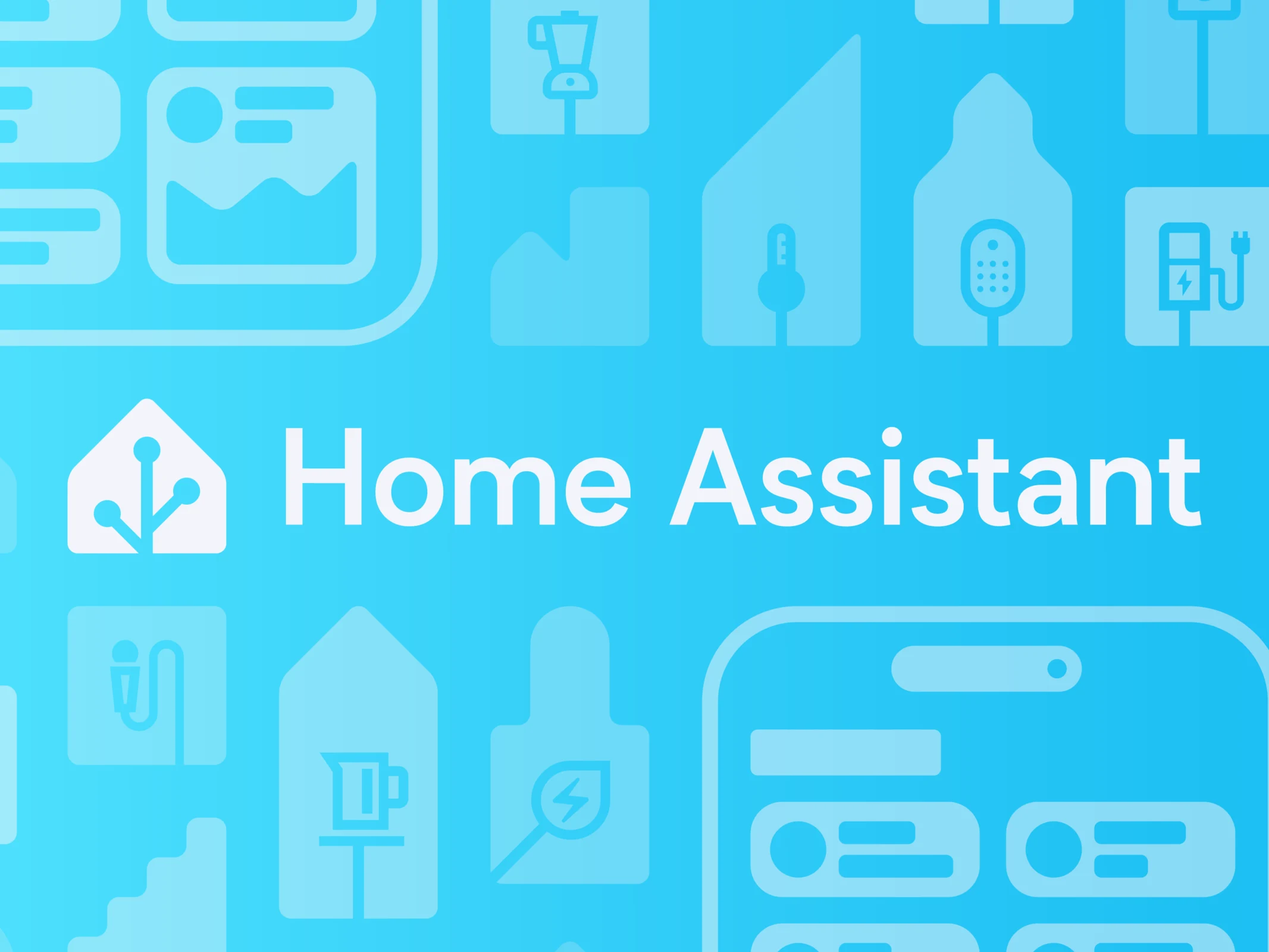Key Takeaways
1. Version 2025.6 of the Home Assistant app is now available for both iOS and Android.
2. Users can access the entity “more-info” section directly from the Control Centre.
3. A bug fix was implemented for the macOS Download folder default choice.
4. Measurement units in CarPlay sensor states have been restored.
5. iOS users can now access settings even when the Home Assistant server is disconnected, thanks to a new Settings button.
An update is here for the Home Assistant apps on both iOS and Android, now at version 2025.6. This comes after the 2025.5 version that was launched in May 2025, which included enhancements to the onboarding experience.
What’s New in Version 2025.6
The release notes in the App Store for the Home Assistant app version 2025.6 mention a variety of adjustments. To start, users can now access the entity “more-info” section directly from the Control Centre. Additionally, there’s a fix for a bug associated with the macOS Download folder that wasn’t consistently set as the default choice. The measurement units that were missing in CarPlay sensor states have been restored. Furthermore, users now have the ability to rearrange servers in their app settings through a simple drag and drop method.
Enhancements for iOS Users
Moreover, iOS users will be pleased to know that a problem related to the Home Assistant server has been addressed. Previously, if the server was disconnected, users found it impossible to access the settings in the companion app. With the new update, a Settings button will now appear when users launch the app.
You can get the Home Assistant app version 2025.6 for both iOS and Android from the Apple App Store and Google Play Store, respectively. Earlier in July, there was a more extensive 2025.7 Home Assistant release, which introduced a new Ask Question action for users of this open-source home automation platform.
Home Assistant can be found on Facebook, as well as on the Apple App Store and Google Play Store, along with Smarthome Assistent.
Source:
Link



